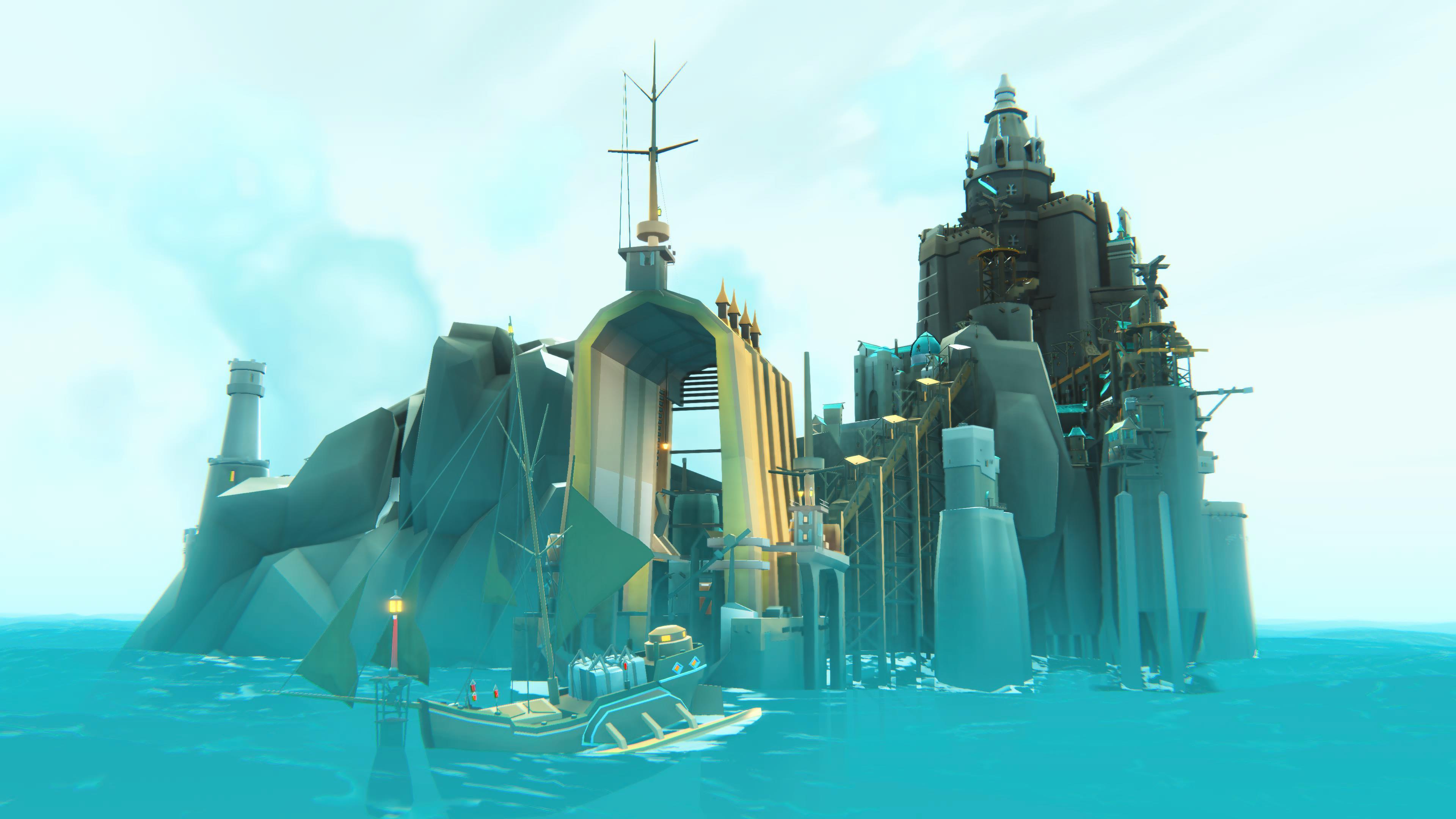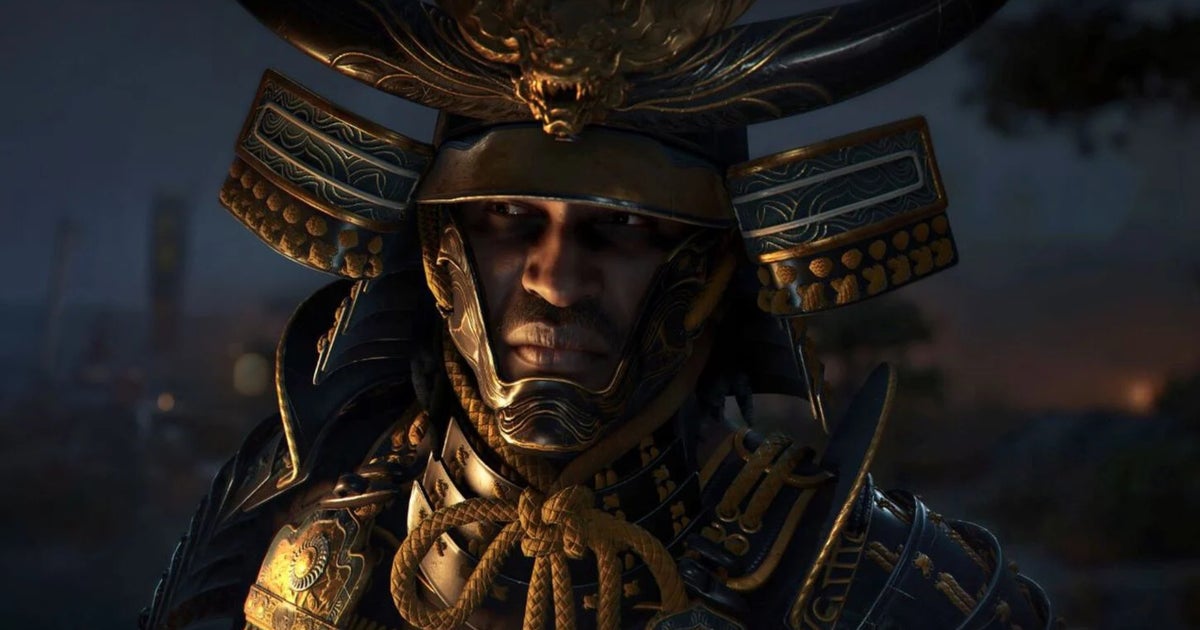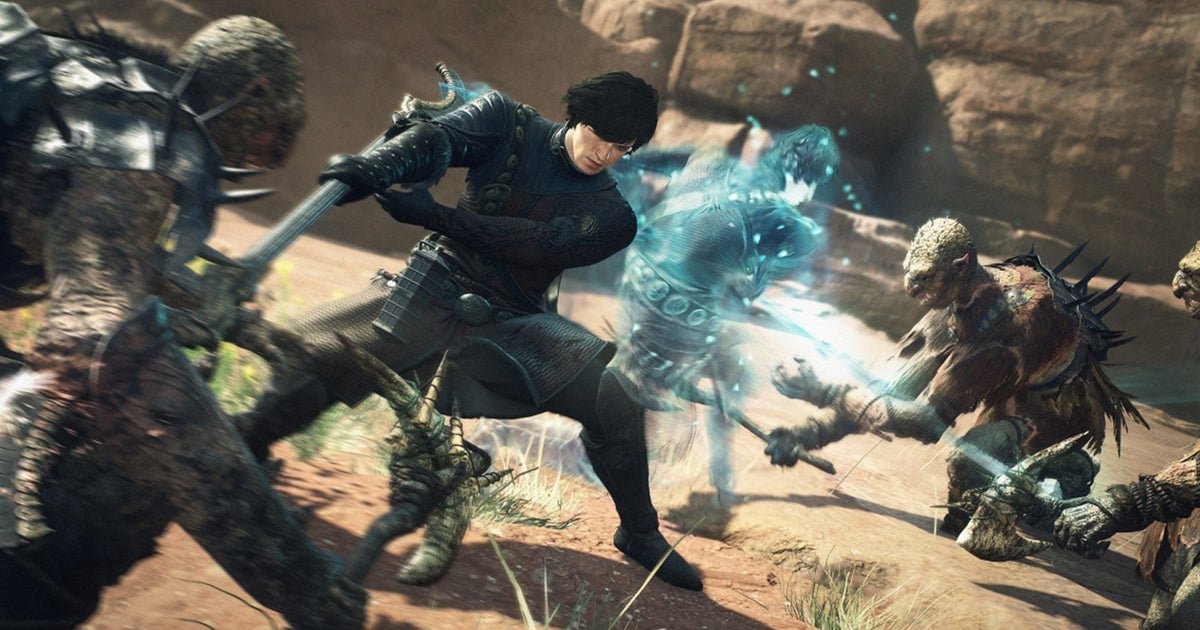There’s been no shortage of strategy and city-building games lately, including sequels to tried-and-tested games like The Settlers or new ideas like Citadelum. Most of these games are about collecting and saving resources for new buildings, upgrades and often armies. Indie game Bulwark: Falconeer Chronicles goes against the grain, with a more casual approach. Solo developer Tomas Sala describes his project as “Open world sandbox builder with some great strategy elements”, meaning that instead of spending time harvesting and managing resources, you can focus on building cities to your liking. And from what I’ve seen, with a great visual style, solid mechanics and a captivating soundtrack, that means hours of city-building fun.
Bulwark: Falconeer Chronicles takes you to the Great Ursee, a place where the surviving factions of an ancient crumbling civilization cling to small islands scattered across a vast ocean. The game is actually a sequel to Sala’s previous game, The Falconeer. However, The Falconeer was a flying game that focused on falcons with a StarFox twist, and not on construction, but also on the Great Ursee. The two games have a similar art style, but are otherwise completely different in terms of gameplay.
I haven’t played The Falconeer yet, so I went into Bullwark: FC with the vague expectation of playing a casual building game. From the start, the game asks you to stop trying to understand everything right away. Instead, Tomas Sala’s voiceover invites you to start building and exploring as you go. I have to add that the initial dubbing sounded a bit amateurish, but the rest of the game is much better. In any case, I liked the idea of just getting started, so I took the help of the tutorial and started my first game.
Advertising:
There are two control modes in the game. First, you can build new structures or connect existing ones with a system that keeps you within the connecting lines. From your first outpost you can build bridges to a nearby sawmill or build new towers. Once you have access to the other resources, namely workers, stone and metal, you can upgrade your towers to make them taller and build terraces that will automatically be populated with small houses. Building ports and renting merchant ships are essential for distributing resources between your settlements. The second control mode gives you freedom of movement when using your Surveyor. This is a flying aircraft that can build outposts, resource extractions and ports and acts as your air fleet for combat and exploration. I played on PlayStation 5 and although it works perfectly, it’s sometimes awkward to play with a controller.
I began building my first outpost on a small island in Lake Ursee. The tutorial’s voiceover helped me get a busy seaside city up and running quickly. I had access to wood, stone, metal, and workers without having to worry about how many resources I actually had at my disposal. The only thing you have to sort out is building ports and connecting your various islands to tr ade routes for which you need to recruit captains. Technically it’s true that you don’t need any resources in the game, but you’ll spend a lot of time flying around with your surveyor to find captains that randomly appear with their merchant ships, colonies of survivors to absorb, and others random events to grow your cities. These appear on the world map and are also shown on the small compass that surrounds your surveyor. In some ways it’s still a way to search for resources, but in a much more exploratory way.
Despite the prospect of relaxed city building, I’m often too busy planning my next steps and getting around. Time flies when you play Bulwark: Falconeer Chronicles. There is much to do and respond to. Sometimes it feels a little boring to launch another pirate attack, but the game keeps pushing you to expand your city’s state a little more, especially once you understand some of the mechanics a little better. Expanding terraced towers is important, and capturing refugee towns and other randomly appearing structures by first tearing them down and rebuilding them as outposts also helps greatly with expansion. These random events also disappear after a while, and pirate attacks can harm your profession. As a result, my free time while building was often interrupted by having to jump on my Surveyor to fight or explore. It’s fine for the standard game mode because there’s also Free Build mode, which is a true sandbox environment where you can build freely.
Advertising:
Visually, Bulwark: FC looks very good. It’s relaxing to see your city growing. With each expansion, small houses appear and rickety wooden bridges transform into surprising shapes of beautiful stone or metal arches as you upgrade your city. I also like that there are different architectural styles for the different factions in the game. The Imperial faction has a nice, orderly classic style, while the Pirates, for example, have more chaotic buildings. The game map is huge and despite the empty parts of the ocean, there are lots of beautiful details, such as weather effects, a day and night cycle, and planets moving on the horizon. It’s truly a living sandbox world where other factions also fight regardless of what the player does.
I spent quite a bit of time in photo mode zooming in on my cities, wondering how people would live in wooden houses at the foot of a rocky island and look up at the large citadels I had built on them. I did the same thing during battles, stopping from time to time to look at the units. While the Freehouses faction has mostly small falcon units, the Marcer faction has dragons and the pirates have many small zeppelins. They all fit the game very well. My favorite units so far are the battleships. You can recruit them when they randomly appear in your ports. They have a cute steampunk look and fire colorful projectiles when facing pirates or other enemies.
As for the game’s combat, I initially thought it was fairly random and with little player influence. It’s all about being present with your surveyor and supporting the units when combat begins. However, I later realized that I could dodge missiles with my Surveyor. Each battle is a colorful spectacle of lasers and missiles, but it’s hard to know who will win. I think the only thing that matters is having more firepower than the enemy by having more units. That’s why going to war seemed a bit like a lottery to me. Every battle I enter, I have no idea whether my army will win an easy victory or whether I will lose my entire air fleet. There’s also a lot at stake because once you lose units, it’s very difficult to replace them since you rely on them randomly appearing.
After many hours and multiple play sessions, I’m still not sure what can happen to the different factions in your cities. Once you’re at war with a faction, the residents of that faction can rebel, but I haven’t experienced that yet. In the session I played the longest, I came close to destroying the Marcer faction at one point, but I lost the final battle in their last city by a hair, so I’m not sure about them either a faction can really be completely defeated. What I do know is that there is a lot to do in the standard game mode on the large game map. Periods that focused on trade and city building later give way to more war-oriented gameplay.
In my experience, Bulwark: Falconeer Chronicles entertains you in different ways throughout. There’s no stress over resources, but you’ll be busy searching for captains, defending trade routes, and optimizing the flow of resources in your cities. And if you like to relax and build cities, you always have the Free Build mode available, which is very casual and relaxed. It’s a game that I’ve really enjoyed so far and I think it lives up to its promise of being a relaxing sandbox city builder. My only real gripe is that I still have control issues when using a PS5 controller. But other than that, for the introductory price it’s worth a try if you like city building games. It’s available today for PC, PlayStation 4 and 5, Xbox One and Series S|X.














